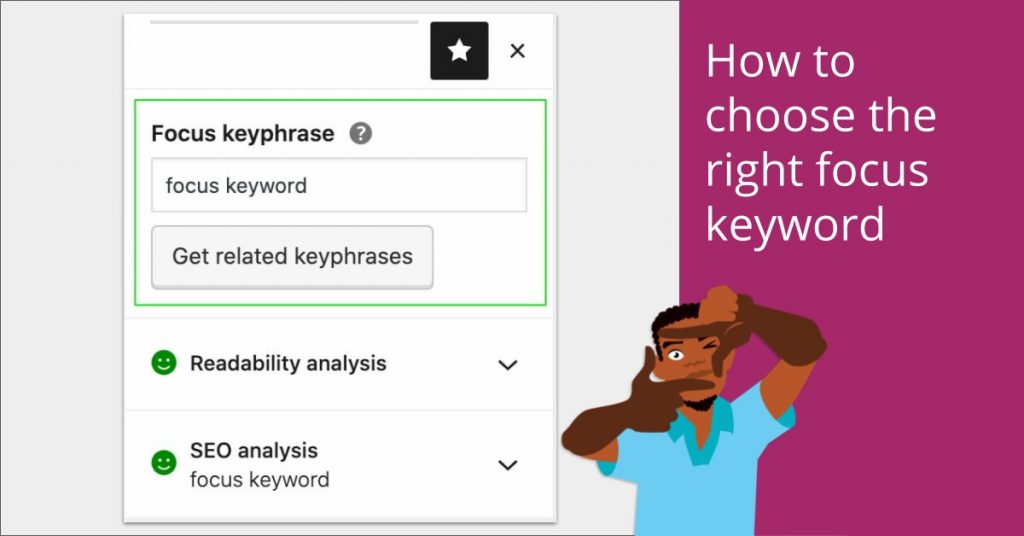Google Trick For keywords Research Rank 1# on SERP

Every minute, 75,000 queries are made on Google. When it comes to generic or long-tail keywords, it is very much a level playing field, meaning small businesses have the same opportunity to rank on the first page of the Google SERP. All you need is high-quality content combined with thoughtful, thorough keyword research which matches the needs of your audience. And it’s not just the big brands that dominate the search results for coveted keyword phrases. you Can Read Google Trick For keywords Research Rank.
Also Read:- How to Increase Website Authority (Domain Rating)
Why is it important to rank high in Google’s search engine results page? Being on the first page of Google search results is crucial for attracting traffic from potential clients because 75% of consumers never scroll past the first page. Not to add, a good SEO presence has tremendous power and can help drive visitors to your website for years to come.
Complex algorithms that take into account location, website speed, social signals, domain authority, and keyword relevancy are used by Google to organise search results. If your website is relatively new, it is unlikely to have a high domain authority or many backlinks yet, therefore concentrating on keyword relevance will help you have a greater impact more rapidly. However, “quickly” doesn’t always imply immediately! You’ll need a long-term optimization plan if you want to raise your organic SERP ranking position.
An easy method to have an impact for your business is to dominate long-tail keywords and include keyword research into your SEO plan. In addition, you’ll be creating pertinent content for your audience, which might help you move leads through your sales funnel.
So, how do you carry out keyword research to show up on Google’s first page of results and get found by potential customers? Find out by continuing to read!
Use long-tail keywords
Over 70% of online searches use long tail keywords, which nearly usually have a greater conversion rate than searches using just one or two keywords. This is understandable because longer search terms frequently have a more focused and transactional aim.
Additionally, long-tail keywords are generally less competitive than shorter keywords, increasing your chances of ranking higher.
How To Conduct Keyword Research
While keyword research doesn’t necessarily require a lot of time. However, investing the effort to carefully and correctly conduct your keyword research will ultimately save you time. Effective keyword research will lay the groundwork for your content’s strong performance and may even help you decide what it will be about. To be able to select keywords that accurately reflect the search intent of the audience you’re attempting to reach, it takes practice and creativity.
It’s also crucial to keep in mind that you must continue to provide high-quality content. Making content solely for the purpose of making content and stuffing your website with keyword-stuffed blog posts that don’t actually benefit your audience are pointless
The likelihood that people will share and consume your material repeatedly increases with its quality.
Finding A Keywords Tool
You must first decide on a mix of keyword research tools before beginning. There are a variety of keyword research tools available, each with unique advantages and disadvantages. Your decision will be influenced by your individual preferences and whether you prefer a free or a paid product. The features of keyword tools differ somewhat, but a few excellent choices are:
Google Keyword Planner:
This free keyword tool can assist you in looking at search volume. The ability to export up to 800 ideas for the majority of keywords and phrases makes Google Keyword Planner useful. These can be used to optimise your primary company sites and are a useful resource for coming up with fresh blog article ideas.
Ubersuggest:
This is a fantastic free keyword tool if you require a wide range of search terms. Once you begin entering search terms, Ubersuggest displays what Google advises. With the help of these keyword suggestions, you can find some excellent long-tail keyword phrases, related keywords, and content ideas.
SEMRush:
Although SEMRush is a premium keyword tool, it does offer a free trial. This tool is quite useful if you want to observe the big picture while trying to rank for a single or competitive term. It contains in-depth competitive information that might assist you comprehend the SEO tactics of your rivals. It can offer you a clear idea of how straightforward (or challenging) it may be to appear on the top page for particular search queries.
BuzzSumo:
BuzzSumo, another premium keyword service, enables you to identify which keywords are popular and what content is shared most frequently. It can be quite beneficial for your blog content strategy and even for social media content optimization. Additionally, it can help with client profiling, enabling you to create smarter content strategies based on data and research.
How To Conduct Keyword Research
After choosing your desired set of keyword tools, start your study by looking up a general term related to the subject. You might select “blog content strategy,” for instance. You should make sure that the search volume is sufficient but that there is little competition for that term. You may compare search phrases directly with some programmes, such as SEMRush, but you must manually compare terms with other tools by making your own notes. After entering a search query, you should be able to see related terms for that term. You should be able to select terms with a high search volume, little competition, and relevance to your topic and audience.
Find more than one keyword, too! Include related terms in your keyword research and aim to rank for them as well.
Before publishing, you should edit your web copy and blog content to make sure it complies with SEO best practises and has the appropriate keyword density. One such tool is the Yoast SEO Plugin.
How to Rank Higher On Google In 2023
So if you want to rank higher in Google in 2023, you’ll love this new guide.
Step #1: Improve Your On-Site SEO
Step #2: Add LSI Keywords To Your Page
Step #3: Monitor Your Technical SEO
Step #4: Match Your Content to Search Intent
Step #5: Reduce Your Bounce Rate
Step #6: Find Even Keywords to Target
Step #7: Publish Insanely High-Quality Content
Step #8: Build Backlinks to Your Site
Step #9: Track and Monitor Your Results
Bonus Step #1: Boost Your Click-Through-Rate
Bonus Step #2: Use Internal Linking
How To Improve Your Google Ranking
The end of that. Since the days of the SERP’s original 10 blue links, much has changed. Google is putting more emphasis on visual, excerpted, fresh information to create rich SERPS that offer quick solutions. Use these strategies to achieve top rankings so you can establish authority in your niche and reach your traffic and conversion targets for your website.
- Target reasonable keywords
- Check the intent
- Write long-form content about it
- Do your on-page SEO
- Target long-tail, question keywords
- Make your information skimmable
- Make explicit statements
- Include meaningful visuals
- Have a table of contents
- Borify your meta titles
- Get backlinks
- Target your search queries
- Create video content
- Target pages already ranking
- Do a SERP analysis
- Schema markup
- Technical SEO
Also Read:- How To Reduce Spam Score Of The Website







